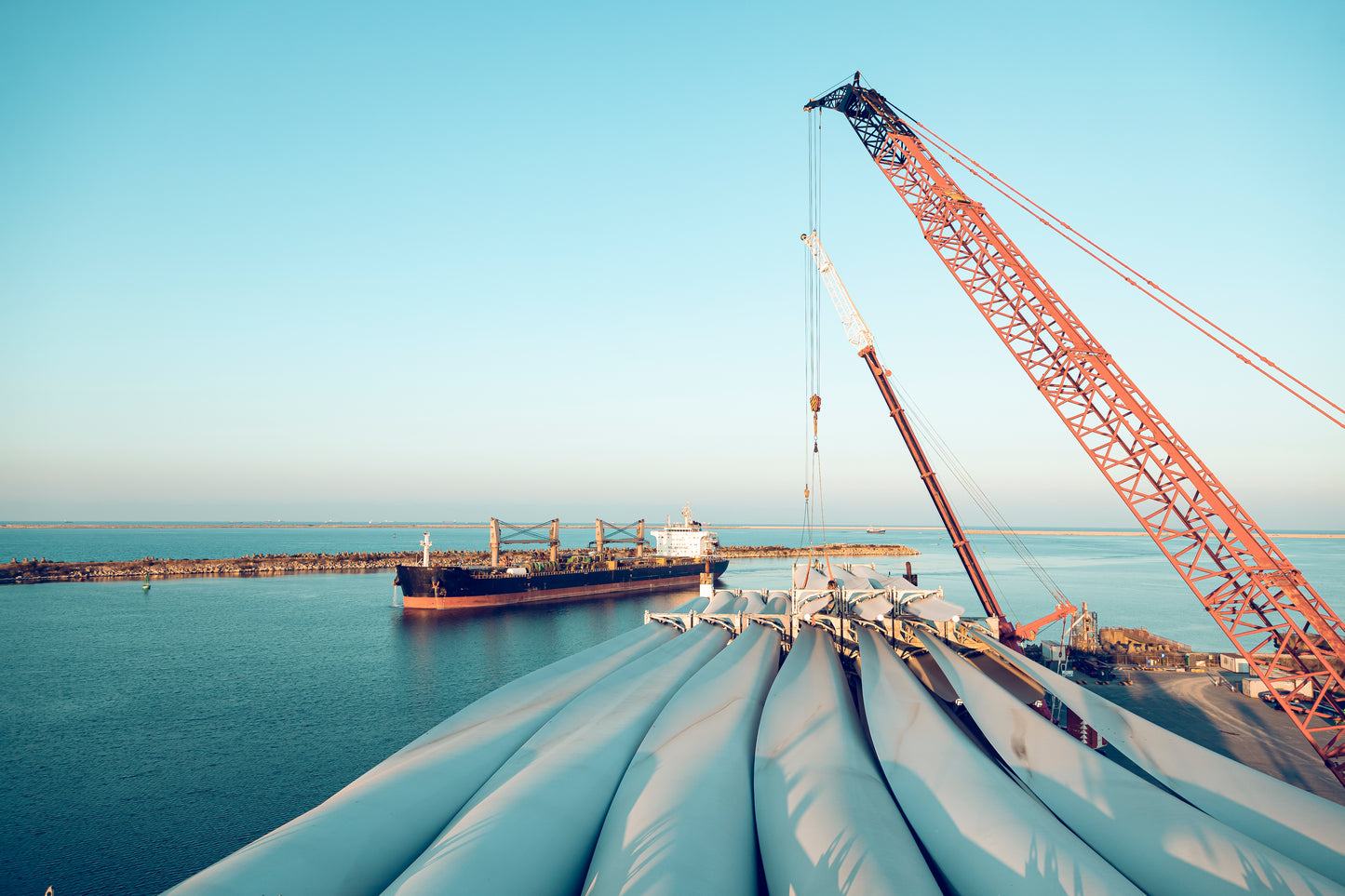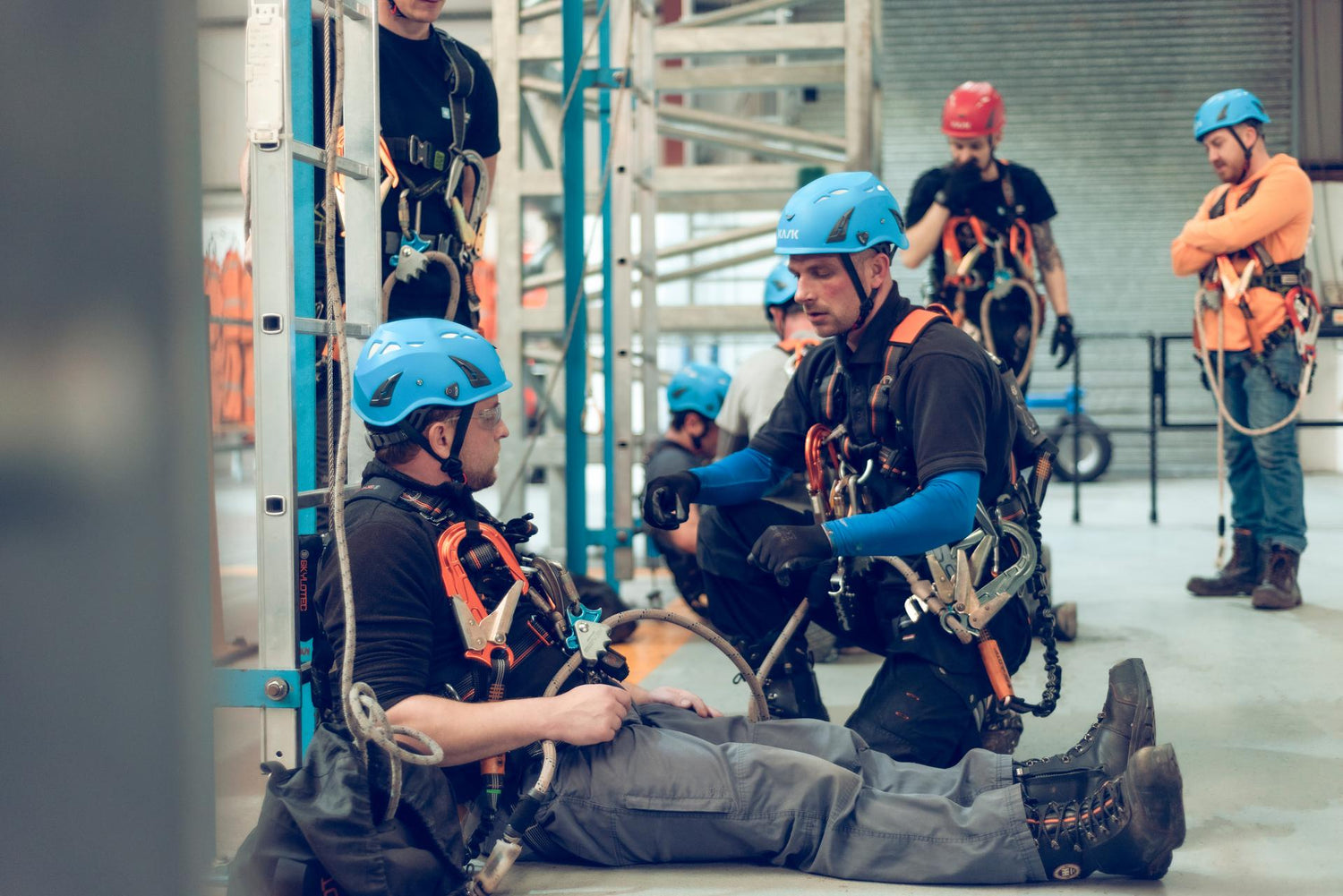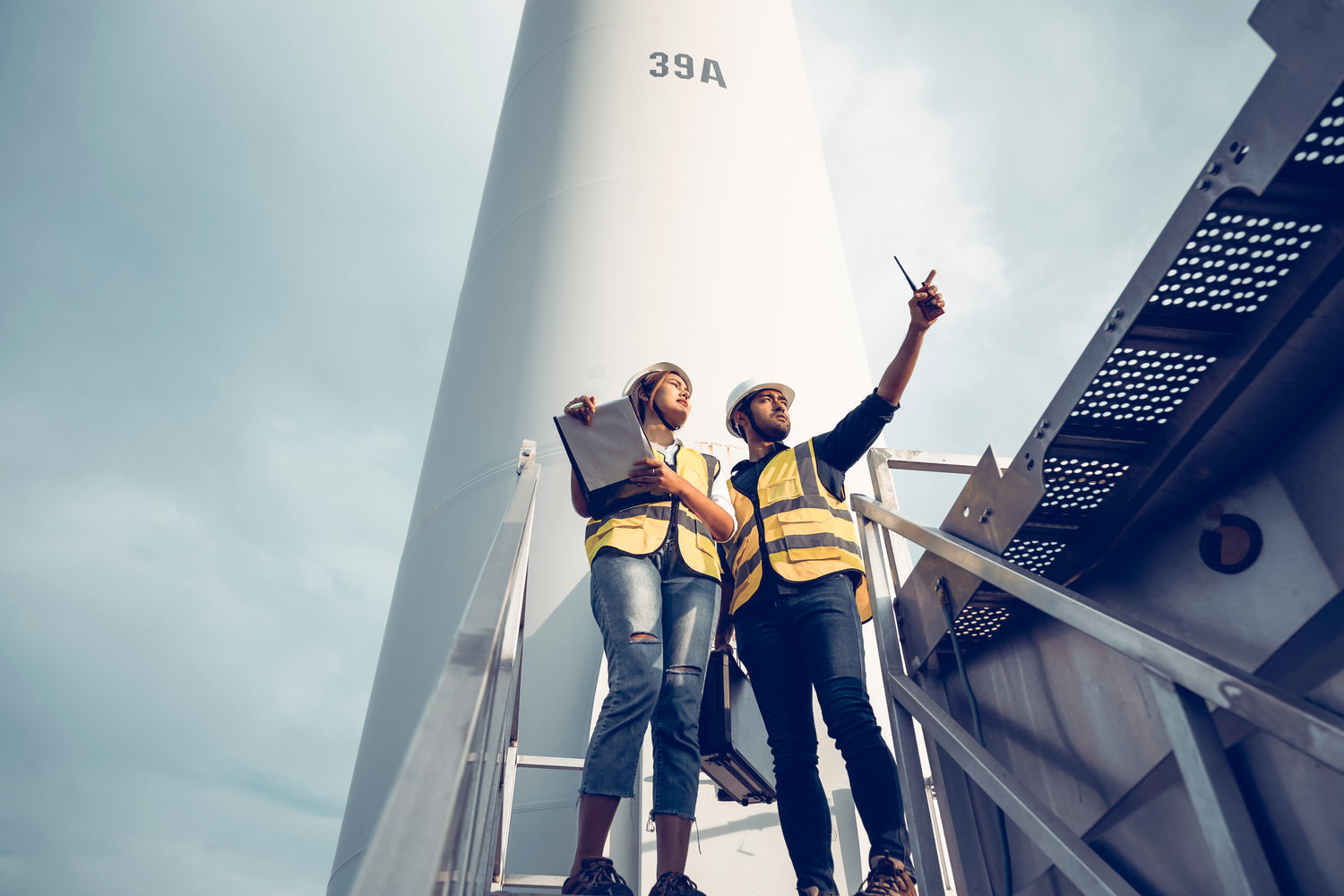Wind Training UK
GWO Slinger Signaller
GWO Slinger Signaller
Couldn't load pickup availability
The main purpose of GWO Slinger Signaller training is to equip individuals with the knowledge and skills to safely and effectively coordinate lifting operations within the wind energy industry. Here's a breakdown of the key roles and responsibilities of a GWO Slinger Signaller:
- Safe Lifting Communication: They act as the crucial link between the crane operator and the crew on the ground, using hand signals or radios to clearly communicate lifting instructions.
- Pre-Lift Inspections: Slinger Signallers are responsible for conducting visual inspections of slings, lifting equipment, and the load itself to identify any potential hazards before the lift begins.
- Load Securement: They ensure proper load securement using appropriate slings and techniques, considering factors like weight, center of gravity, and the specific load shape.
- Lifting Operations Management: Throughout the lifting process, the Slinger Signaller guides the crane operator through raising, lowering, and maneuvering the load while adhering to the lifting plan and maintaining a safe exclusion zone.
- Hazard Awareness: They are trained to identify potential hazards during lifting operations, such as obstructions, weather conditions, or ground stability issues. They can then communicate these risks and halt the lift if necessary.
In essence, GWO Slinger Signaller training prepares individuals to play a vital role in ensuring the safety and efficiency of lifting operations in wind farms. Their expertise is crucial for preventing accidents and injuries during the construction, maintenance, and service of wind turbines.
Share


Basic Information
Duration: 2 days
Prerequisites
WINDA Registration
Renewal:
The GWO Slinger Signaller certification typically does not have an expiry date and does not require renewal.
Course Contents
Lifting Operations Fundamentals
Lifting Principles: This section introduces the core principles of lifting operations, including load weight calculations, center of gravity, and different lifting gear functionalities (cranes, slings, etc.).
Rigging Equipment: Participants learn about the various types of rigging equipment used in wind turbine lifting operations, such as slings, shackles, hooks, and spreader bars. They'll understand the proper selection, inspection, and safe use of this equipment.
Lifting Plans and Procedures: The course emphasizes the importance of following pre-determined lifting plans that outline the procedures, personnel roles, and safety protocols for each specific lift.
Hand Signals and Communication
International Lifting Signals: A crucial aspect of the training is mastering the standardized hand signals used for clear communication between the Slinger Signaller, crane operator, and crew on the ground. Participants practice sending and interpreting these signals accurately.
Radio Communication: The course might also cover using two-way radios for communication in situations where hand signals are not visible or feasible. Safe radio communication protocols and practices will be emphasized.
Pre-Lift Inspections and Safety
Load Inspections: This section focuses on the Slinger Signaller's responsibility for conducting thorough visual inspections of the load, lifting slings, and equipment before each lift. Participants learn how to identify potential hazards and ensure everything is in safe working condition.
Lifting Area Preparation: The course covers procedures for preparing the lifting area, including ensuring a clear and stable zone for the lift, identifying and mitigating any potential obstacles, and establishing safe working zones for personnel.
Emergency Procedures: Participants learn about emergency procedures in case of unexpected situations during a lifting operation, including clear communication protocols for stopping the lift and ensuring everyone's safety.
Practical Exercises and Assessments
Scenario-Based Training: Participants engage in practical exercises that simulate real-world lifting operations in wind turbine environments. This allows them to apply the learned knowledge and skills in a controlled setting.
Theoretical Assessment: A written exam might be conducted to test participants' understanding of lifting principles, safety protocols, and regulations.
Practical Assessment: Participants will be assessed on their ability to perform pre-lift inspections, communicate effectively using hand signals or radios, and coordinate a safe lifting operation following established procedures.

Benefits
The biggest benefit of getting GWO certified training is increased safety and opportunity in the wind energy industry.
A GWO certification demonstrates to potential employers that you possess the necessary skills and knowledge to work safely and effectively in wind energy. This can give you a significant edge in a competitive job market.
GWO certification is a globally recognized standard in wind energy, so it's valid across various countries and companies. This opens doors to a wider range of career opportunities.

Compliance with Industry Standards
The training helps participants and their employers comply with international safety standards and regulations. This compliance is crucial not only for legal and regulatory reasons but also for enhancing the industry’s overall safety performance.

Why Maersk Training?
Consider Maersk Training for your wind energy courses because they offer:
Extensive experience: Over 12 years training in the wind industry - First GWO approved provider in the world.
Safety focus: Their training emphasizes safe working practices crucial in wind farms
Industry knowledge: Instructors have real-world experience to prepare you for the job .
Maersk Training can help you gain the skills and knowledge needed for a successful career in wind energy.
How It Works
-
Step 1
Identify the specific GWO training modules for your desired wind energy role and decide if you want on-site training or a mix of digital and on-site (blended).
-
Step 2
Once you've chosen the right course, register and pay online. You'll receive a confirmation email instantly.
-
Step 3
After enrolling, you'll receive a separate email with detailed joining instructions for the training session.
-
Step 4
Attend your scheduled training session. Each GWO module includes theoretical and practical assessments you need to pass for certification.
-
Step 5
Upon successful completion and passed assessment, you'll receive your official GWO certificate from Maersk Training.

